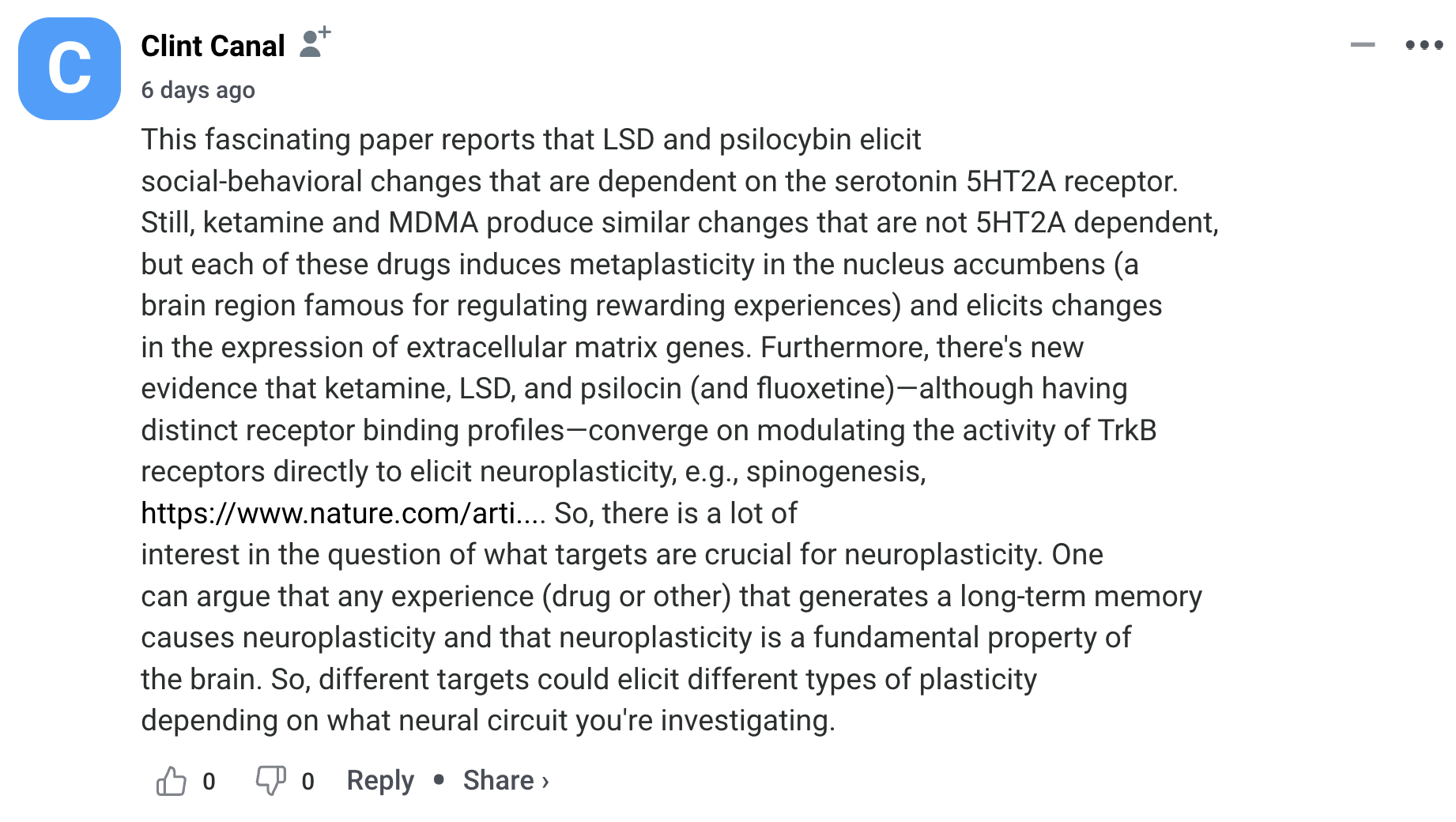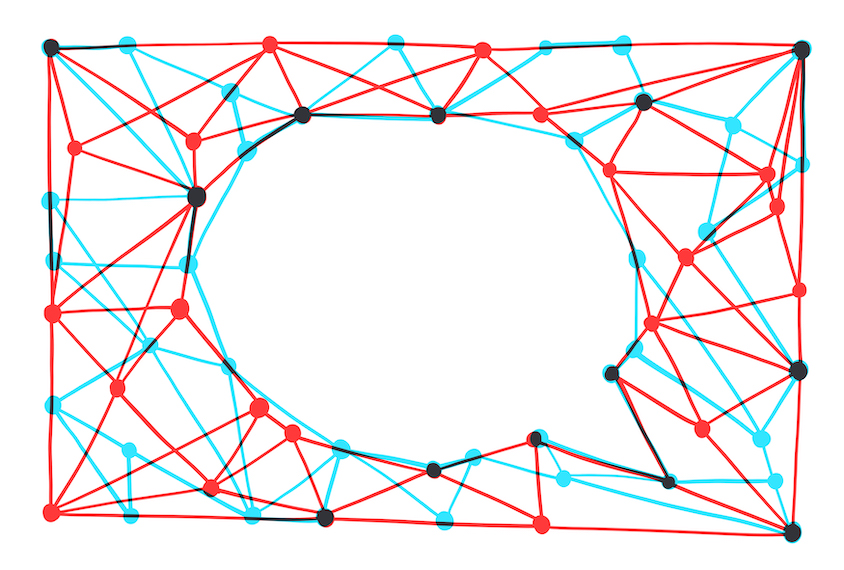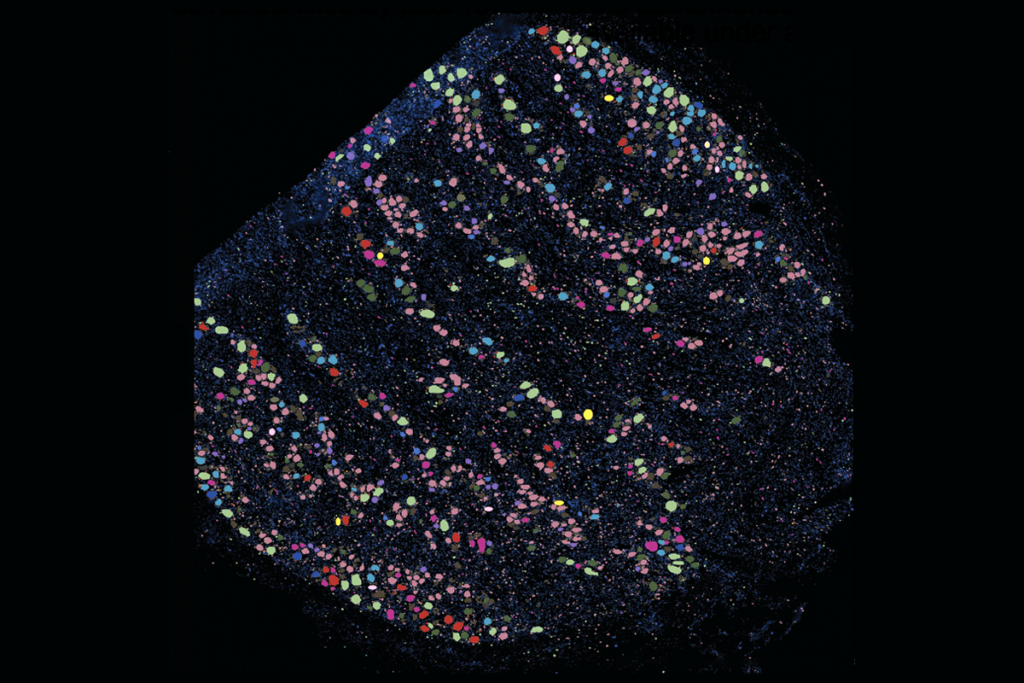Sneha Shah and Jonathan Watts, both of the University of Massachusetts Chan Medical School, shared their team’s paper, “Antisense oligonucleotide rescue of CGG expansion–dependent FMR1 mis-splicing in fragile X syndrome restores FMRP,” published in PNAS 26 June.
Contrary to expectations, many patients with Fragile X syndrome express RNA from the FMR1 locus. The RNA is mis-spliced but can be corrected with an ASO. In PNAS today! Great collaboration with Joel Richter and Liz Berry-Kravis. https://t.co/0P7iPFPlzW
— Jon Watts (@jwattsgroup) June 26, 2023
Abdel Abdellaoui of Amsterdam University Medical Centers linked to his team’s paper, “Replicable brain–phenotype associations require large-scale neuroimaging data,” published in Nature Human Behaviour 26 June. Spectrum covered similar work in 2022.
Many small neuroimaging studies have probably reported false positive findings.
Especially for traits related to cognition & mental health, thousands of subjects are required ????New paper from our talented PhD student Shu Liu in @NatureHumBehav: https://t.co/QpyhazYyAC pic.twitter.com/AzKV59BQqb
— Abdel Abdellaoui (@dr_appie) June 26, 2023
Jeff Browndyke of Duke University, Colin Hawco of the Centre for Addiction and Mental Health, and Nico Dosenbach of Washington University School of Medicine in St. Louis replied to Abdellaoui.
Most harp on the neuroimaging aspect in these studies, but what about the test-retest reliability and construct validity of the measures used to capture complex traits, mental health and cognition?
— Jeff Browndyke (@Jeff_Browndyke) June 27, 2023
Related, UKB represents lower end for reliability. E.g. fluid cog based on short raven’s mat, and 6:10 of resting state fMRI. And looks like the paper looks at individual features, but reliability ^ for broader features, e.g. networks. So this helps show us what to move beyond!
— Colin Hawco (@ColinHawco) June 26, 2023
This #BWAS finding (https://t.co/rAcIJi4TiN) replicated; need Ns in the thousands. … & BWAS ≠ fMRI. You can have n=1 brain behavior associations, just not with BWAS. https://t.co/gvlVNJbPaK
— Nico Dosenbach (@ndosenbach) June 26, 2023
Gemma Williams of the University of Brighton, Keren MacLennan of Durham University and Catherine Manning of the University of Reading linked to their editorial, “Sensory-inclusive spaces for autistic people: We need to build the evidence base,” published in Autism 3 July.
????NEW PAPER ALERT????
What do we already know about making public spaces more sensory-inclusive for autistic people?
What do we still need research to find out?
A joy to join @CManningPhD and @KerenMacLennan for Cathy’s first @journalautism editorial: https://t.co/kgtA0BVGCP
— Dr Gemma L. Williams ???? (she/they) (@DjzemaLouiz) July 4, 2023
A call to encourage more research to create sensory-inclusive spaces for autistic people! It was so wonderful to be invited to collaborate with @DjzemaLouiz and @CManningPhD for Cathy’s first editorial for @journalautism ???????? https://t.co/hp8LKnkSQk
— Dr Keren MacLennan (@KerenMacLennan) July 4, 2023
My first Editorial for @journalautism in which I teamed up with the wonderful @DjzemaLouiz and @KerenMacLennan to consider how to make public spaces more sensory-inclusive, and what evidence is still needed. Relevant to our @sensory_street work https://t.co/CU1j5LO9c9
— Catherine (Cathy) Manning (@CManningPhD) July 4, 2023
Jonathan Henninger of Carnegie Mellon University linked to his team’s study, “Transcription factors interact with RNA to regulate genes,” published in Molecular Cell 3 July.
Delighted that our study on transcription factors binding #RNA is now out in @MolecularCell! We provide evidence that TF-RNA binding is pervasive, important for gene control, development, and disease.
Free paper access here for a limited time! https://t.co/LNNce2YAHO
A ????:
— Jonathan Henninger (@jehenninger) July 4, 2023
Jungsu Kim of Indiana University commented on the study.
???? Time to revise textbooks ????
Title: “Transcription factors interact with RNA to regulate genes”“at least half of TFs also bind RNA, doing so through a previously unrecognized domain”https://t.co/Tql32vXfct
— Jungsu Kim (@jungsukim77) July 4, 2023
Guillaume Cabanac, creator of the Problematic Paper Screener, flagged more than 47 papers containing tortured phrases, questionable references and other anomalies.
47+ problematic papers flagged in @PLOSONE by the Problematic Paper Screener https://t.co/fSmzEq49x9. They contain tortured phrases, questioned references, and other anomalies ????????. Retractions/corrections needed++ @PLOS. https://t.co/UGq9E2wwit pic.twitter.com/bLzwEn57cy
— Guillaume Cabanac (@[email protected]) (@gcabanac) July 3, 2023
Mark Adams of the University of Edinburgh linked to his team’s study, “Polygenic risk prediction: Why and when out-of-sample prediction R2 can exceed SNP-based heritability,” published in the American Journal of Human Genetics 27 June.
Clinton Canal of Mercer University commented on “Psychedelics give mice second chance to learn social rewards,” published on Spectrum 23 June.

That’s it for this week’s Community Newsletter! If you have any suggestions for interesting social posts you saw in the autism research sphere, feel free to send an email to [email protected].
Follow us on Facebook, Twitter (@Spectrum), Instagram and LinkedIn.






